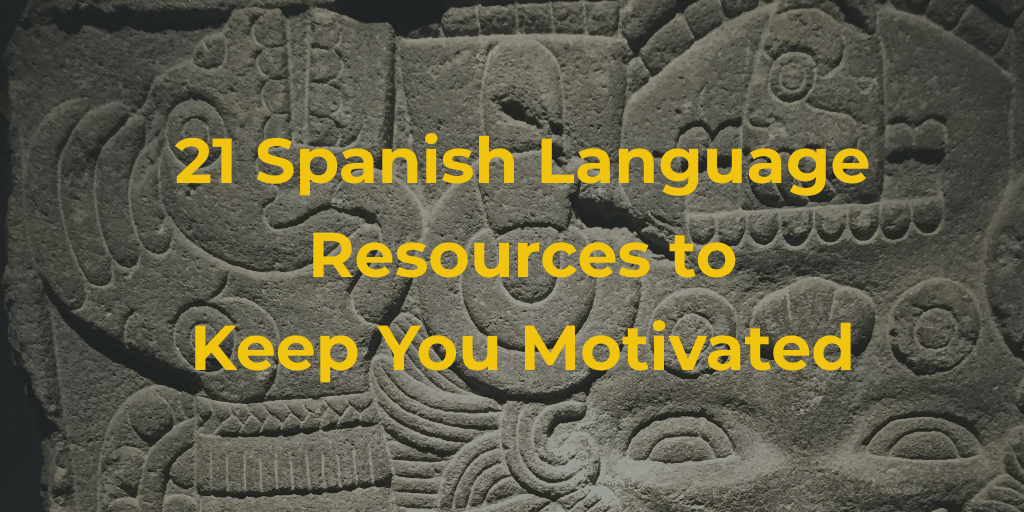In recent weeks, I’ve been watching a lot of Spanish language TV, and I’ve found the process to be very helpful in my efforts to improve my Spanish comprehension. On History Channel International, they run a show called “El Canal de Historia” at 7 AM Eastern Monday-Friday. The shows are documentaries dubbed into Spanish. For example, this week I watched a biography of Cristobal Colón (Cristopher Columbus), and an episode of America’s Castles.
The shows feature a mix of Spanish only commentary with closed captions, and English language segments that feature Spanish subtitles. Both types of content are helpful to reading and listening comprehension. I’m also pausing the shows when I sense that an unknown word is common or particularly useful. At that point, I look up the word in my Spanish-English dictionary, and if I think the word is a useful addition to my vocabulary I make a quick flashcard for it and resume watching the show.
For flashcards, I’m using a tip I learned from the Learning Spanish podcasts I mentioned here recently. I went to Kinko’s and had them cut business card stock into blank business cards. They’re the perfect size and paper weight for homemade flashcards. I keep a stack of the resulting flashcards handy to use whenever I have a few minutes to spare.
The second show I want to mention comes from the Spanish language network Galavision. Check your schedule for “Fuera de Serie”, a half-hour show focusing on various travel destinations. Unfortunately, the show does not offer closed captioning, so it’s quite a challenge for me to understand much of what is being said. Still, the shows feature interesting destinations and it’s enjoyable to try to keep up. The title of the show, Fuera de Serie, translates roughly to “Out of the Ordinary”, though I’ve seen it translated elsewhere “Out of this World” or “Something Outrageous”.
